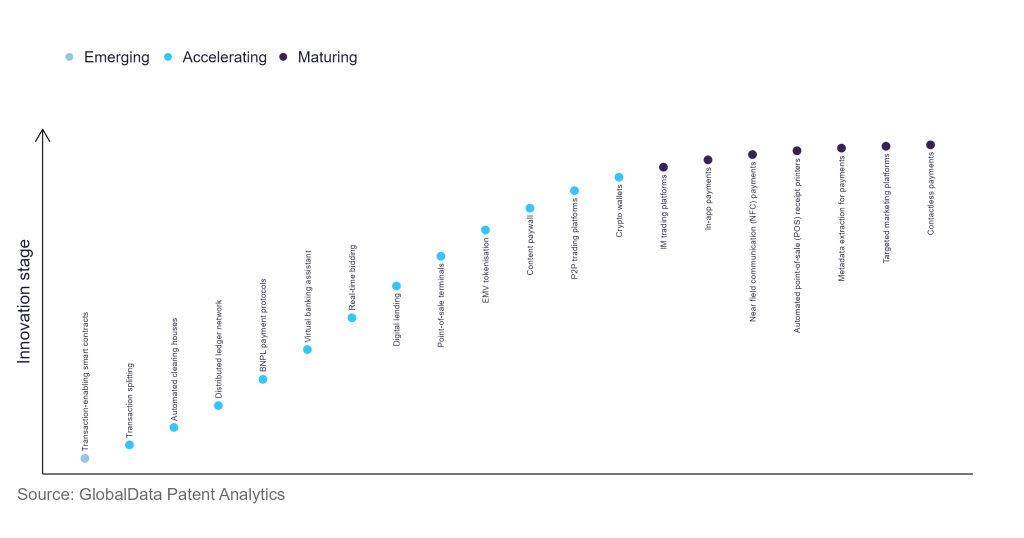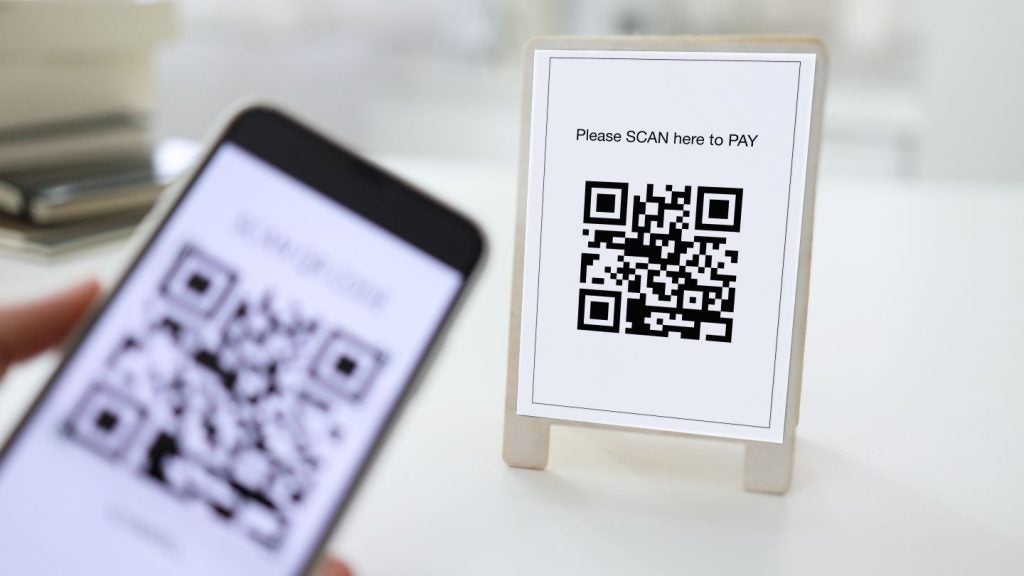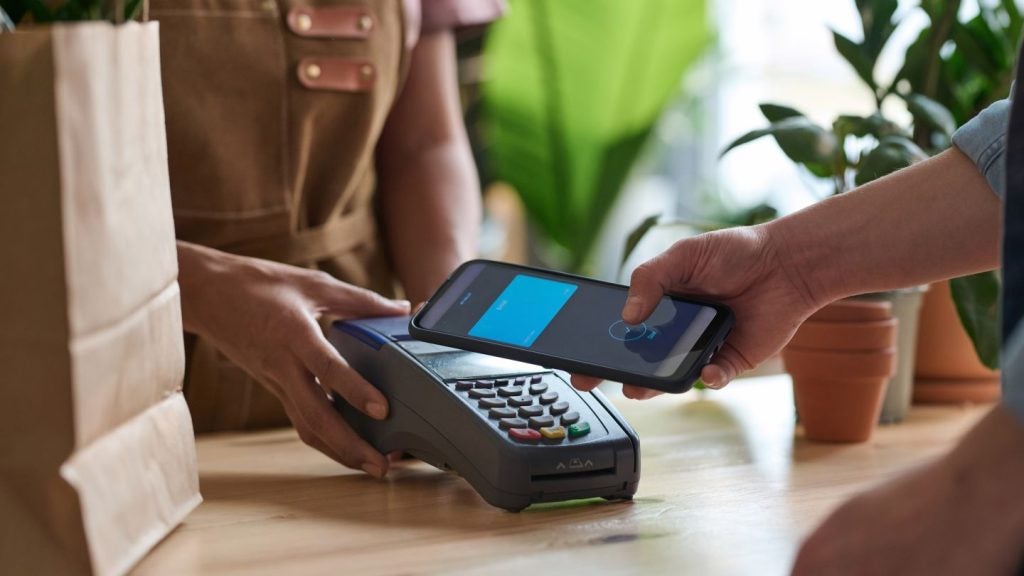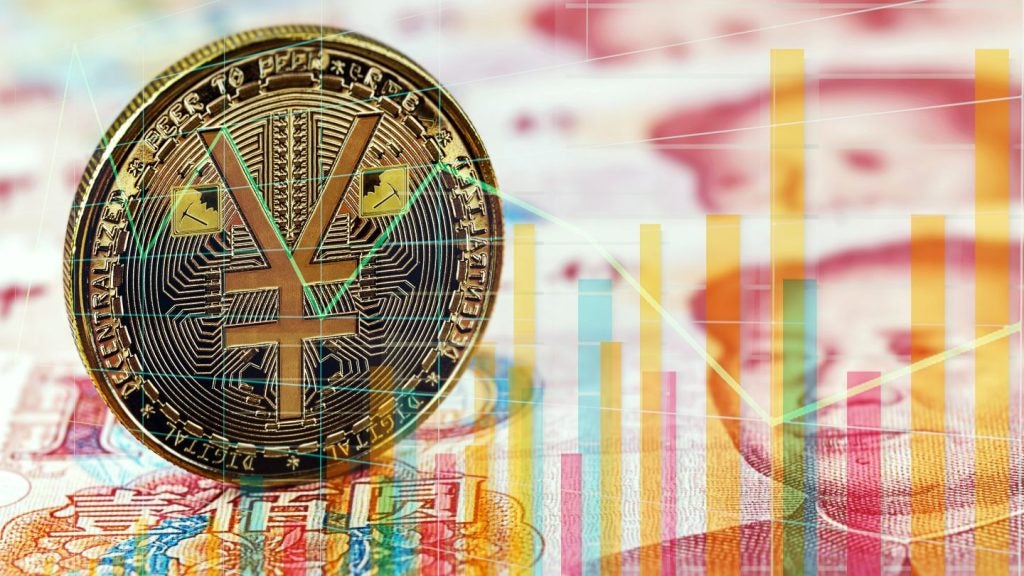The banking and payments industry continues to be a hotbed of innovation owing to ever-changing consumer expectations. The rapid technological developments in the areas of banking and payments that aim to offer seamless experience to consumers are now becoming even more vital for industry participants as competitors leverage new technologies such as artificial intelligence, Internet of Things, cybersecurity, and embedded finance as they compete to stay relevant and grow in the market. In the last three years alone, there have been over 92,000 patents filed and granted in the banking industry, according to GlobalData’s report on Innovation in Banking: transaction splitting. Buy the report here.

Access deeper industry intelligence
Experience unmatched clarity with a single platform that combines unique data, AI, and human expertise.
However, not all innovations are equal and nor do they follow a constant upward trend. Instead, their evolution takes the form of an S-shaped curve that reflects their typical lifecycle from early emergence to accelerating adoption, before finally stabilising and reaching maturity.
Identifying where a particular innovation is on this journey, especially those that are in the emerging and accelerating stages, is essential for understanding their current level of adoption and the likely future trajectory and impact they will have.
60+ innovations will shape the banking industry
According to GlobalData’s Technology Foresights, which plots the S-curve for the banking industry using innovation intensity models built on over 195,000 patents, there are 60+ innovation areas that will shape the future of the industry.
Within the emerging innovation stage, transaction-enabling smart contracts is a disruptive technology that is in the early stage of application and should be tracked closely. Distributed ledger network, BNPL payment protocols, and virtual banking assistant are some of the accelerating innovation areas, where adoption has been steadily increasing. Among maturing innovation areas are IM trading platforms and in-app payments, which are now well established in the industry.
Innovation S-curve for the banking industry

Transaction splitting is a key innovation area in banking
Transaction splitting refers to dividing a single payment into multiple smaller payments, often for the purpose of making purchases from different vendors or splitting a bill with multiple parties. It is commonly used in group expenses, online shopping, subscription services, and business expenses to manage expenses and make purchases more efficiently.
GlobalData’s analysis also uncovers the companies at the forefront of each innovation area and assesses the potential reach and impact of their patenting activity across different applications and geographies. According to GlobalData, there are 50 companies, spanning technology vendors, established banking companies, and up-and-coming start-ups engaged in the development and application of transaction splitting.
Key players in transaction splitting – a disruptive innovation in the banking industry
‘Application diversity’ measures the number of different applications identified for each relevant patent and broadly splits companies into either ‘niche’ or ‘diversified’ innovators.
‘Geographic reach’ refers to the number of different countries each relevant patent is registered in and reflects the breadth of geographic application intended, ranging from ‘global’ to ‘local’.
Mastercard is a key patent filer in the field of transaction splitting. The company has filed several patents related to electronic system and method for splitting a transaction cost between multiple parties, systems and methods for generating a shared payment via voice-activated computing devices, and multi-card payment processing using a virtual card. Some other key patent filers in the transaction splitting industry are Visa and Capital One Financial.
In terms of application diversity, Nant Holdings Ip leads the pack. Seiko Epson and Extreme Networks stood in the second and third positions, respectively. By means of geographic reach, Nant Holdings Ip holds the top position, followed by Tyfone and E2Interactive.
To further understand the key themes and technologies disrupting the banking industry, access GlobalData’s latest thematic research report on Banking.
Data Insights
From

The gold standard of business intelligence.
Blending expert knowledge with cutting-edge technology, GlobalData’s unrivalled proprietary data will enable you to decode what’s happening in your market. You can make better informed decisions and gain a future-proof advantage over your competitors.







